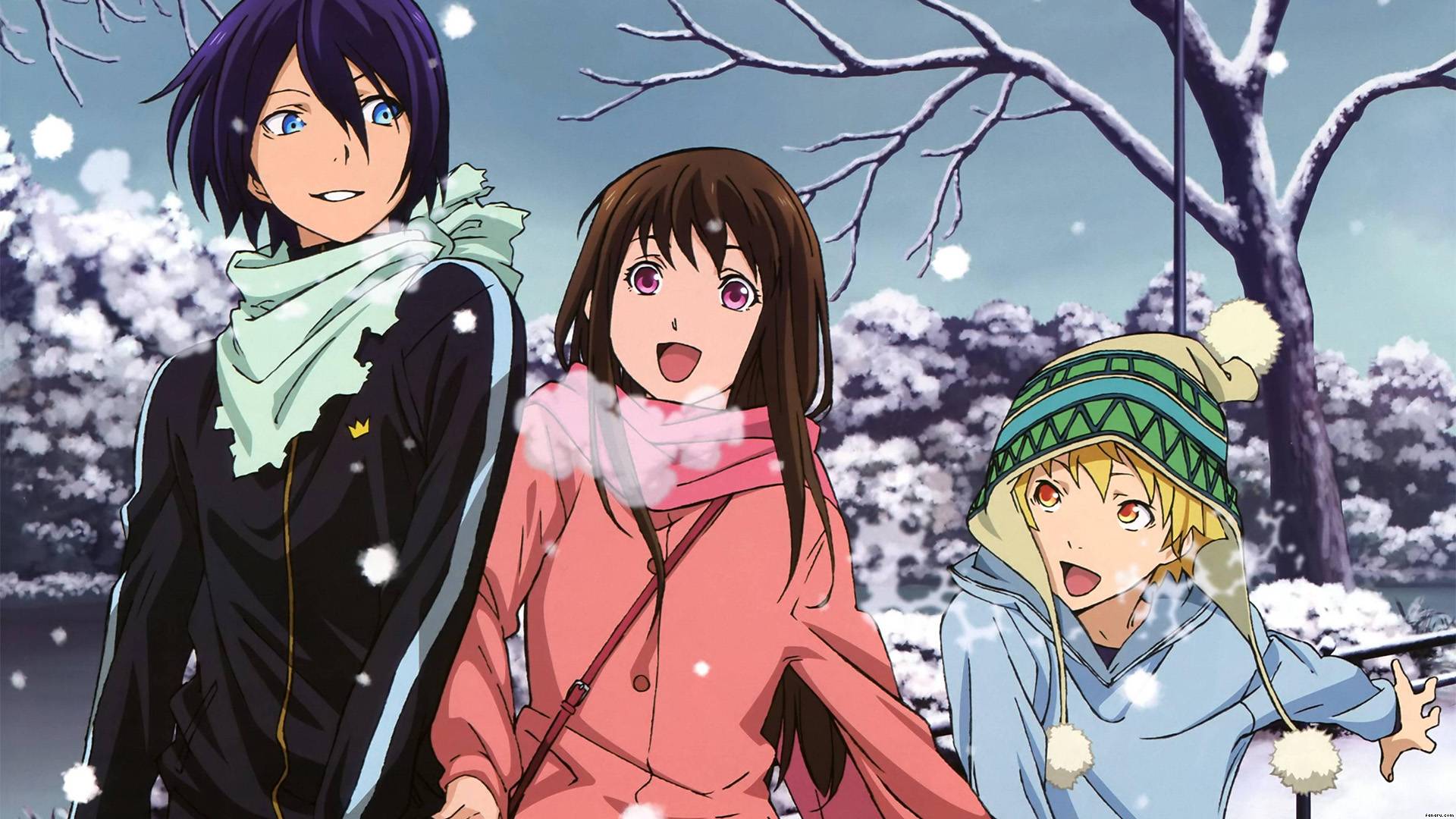Table of Contents Show
Shintoism is an indigenous religion to Japan. It not only has a large influence throughout Japanese history, but continues to have weight in modern-day Japan, particularly in popular media. Shintoism in popular media such as anime can be subtle in the themes and ideas presented throughout the story. However, Shintoism can also feature more prominently through the presence of actual Shinto gods, shrines, and ceremonies.
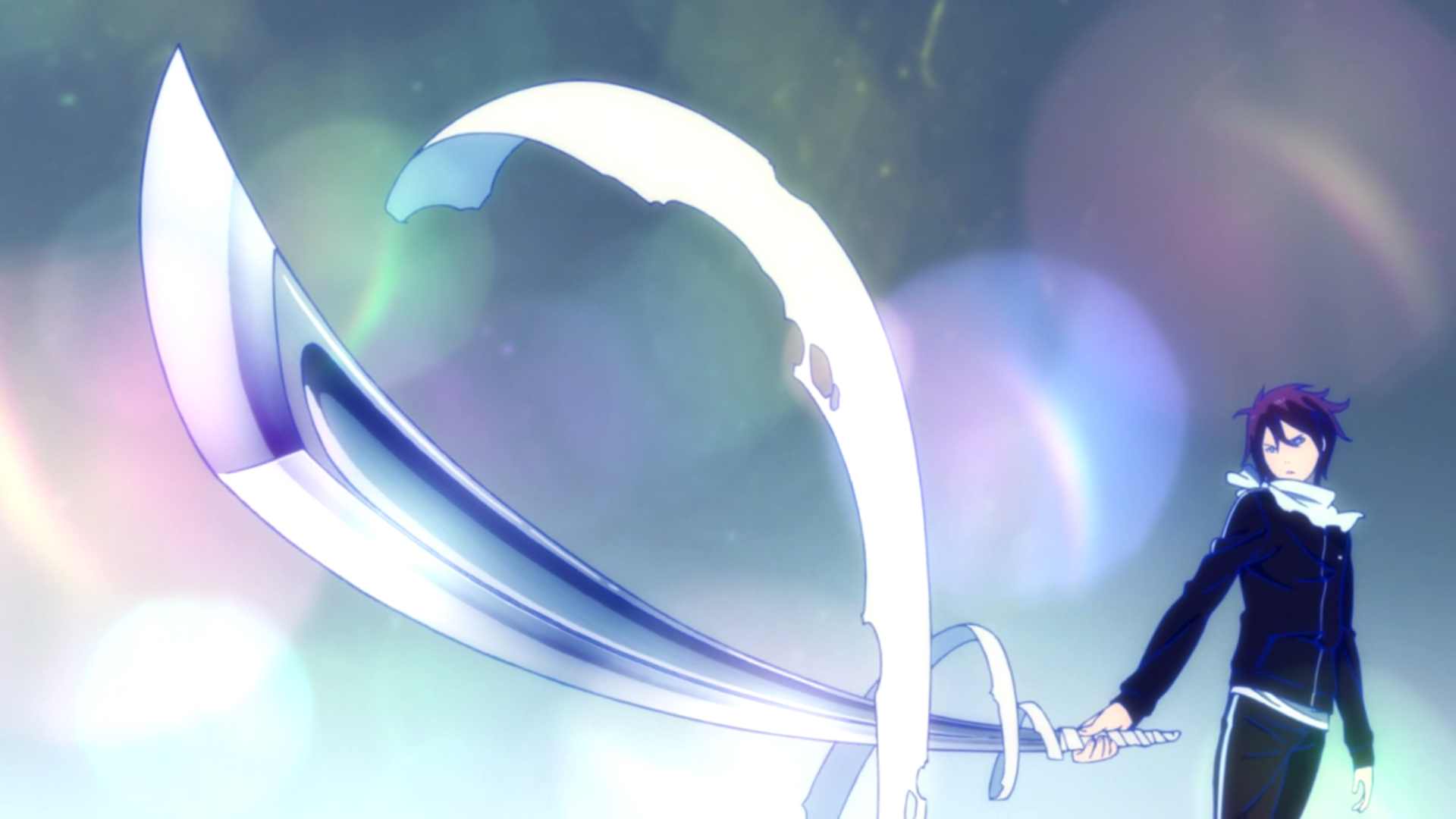
The use of Shinto mythology, ideas, and aesthetics not only makes anime visually and thematically appealing. In the anime Noragami, Shintoism is used as a way to explore traditional Japanese culture and affirm Japanese cultural identity.
The Lives Of The Gods In Noragami
Noragami is an anime series about a “stray god” named Yato and his journey to purchase a shrine for himself so he can be considered more legitimate. Along the way, he saves the life of middle schooler Hiyori Iki, and she somewhat unwillingly becomes friends with Yato and his shinki, or weapon, Yukine.
While Yato is not actually a god in Shinto history or mythology, the anime features many other prominent gods, or kami. These gods are important not only in everyday Japanese life but also in Japanese history. The most prominent of these is Tenjin, the god of academics, and one of the seven Shinto gods of fortune, Bishamonten.
Academic & Otherworldly Assistance
Tenjin is the Shinto god of academics and scholars. While he originally started out as a human in mythology, he was renamed Tenjin after he died. For many years, he was considered a god of natural disasters. His role eventually evolved due to the original human’s poetic skill, and he came to play the role of a patron of scholarship (( Mark Cartwright, “Tenjin,” Ancient History Encyclopedia, May 8, 2017. )) In Noragami, Tenjin often helps the main characters Yato, Hiyori, and Yukine with their different problems. He offers wise advice but also uses his powers to assist, such as transporting Yato and Yukine to Bishamonten’s palace.
Tenjin is considered an extremely wealthy and revered god in both the real world and in Noragami. His shrine in the show is well kept and elaborately decorated, with many visitors. The visitors shown in the show are often high school students who are praying for good academic success. This is in line with reality. Many of the visitors to Tenjin’s different shrines around Japan often pray for the same thing.
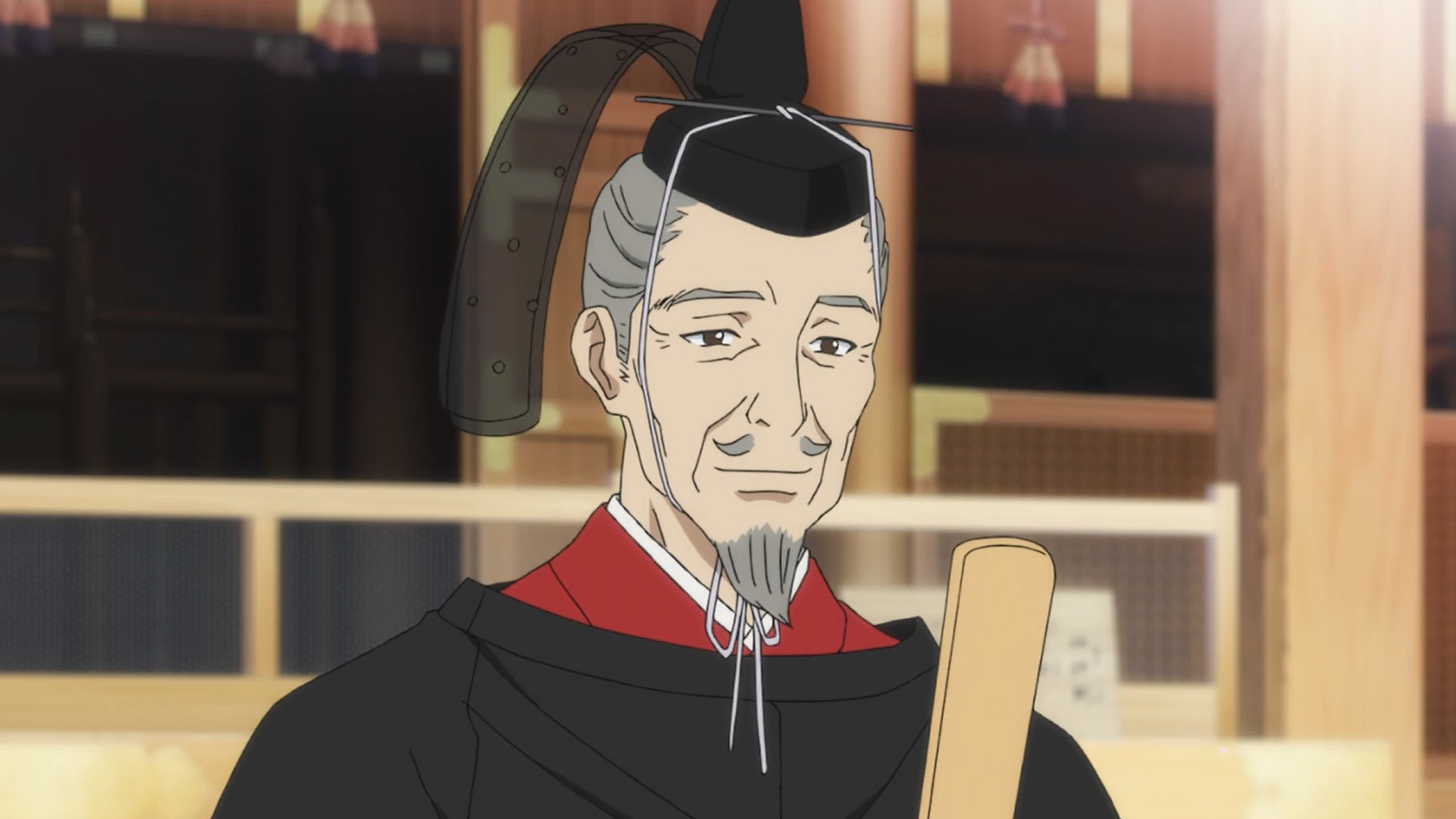
Tenjin’s popularity in Noragami is meant to reflect his importance in real life. He is a prominent god not just in Shinto mythology, but in the lives of people in everyday Japan. By staying relatively accurate to sources, Noragami finds ways to engage its audience to want to know more about the gods it portrays. One example of this is Tenjin’s close association with ume trees or plum trees.
While there are plum blossom trees in his shrine, the anime goes even further to show this connection. Whenever Tenjin is seen in an episode, he is almost always accompanied by a girl named Tsuyu. At first, Tsuyu seems like another one of his shinki or sacred tools. However, she is actually the personification of a plum blossom spirit who has been with him since he first transformed into a god. This is similar to the Shinto mythology behind Tenjin. After he was exiled as a human, his favorite plum blossom tree flew from the capital to be with him and stayed with him after he was transformed into a god.
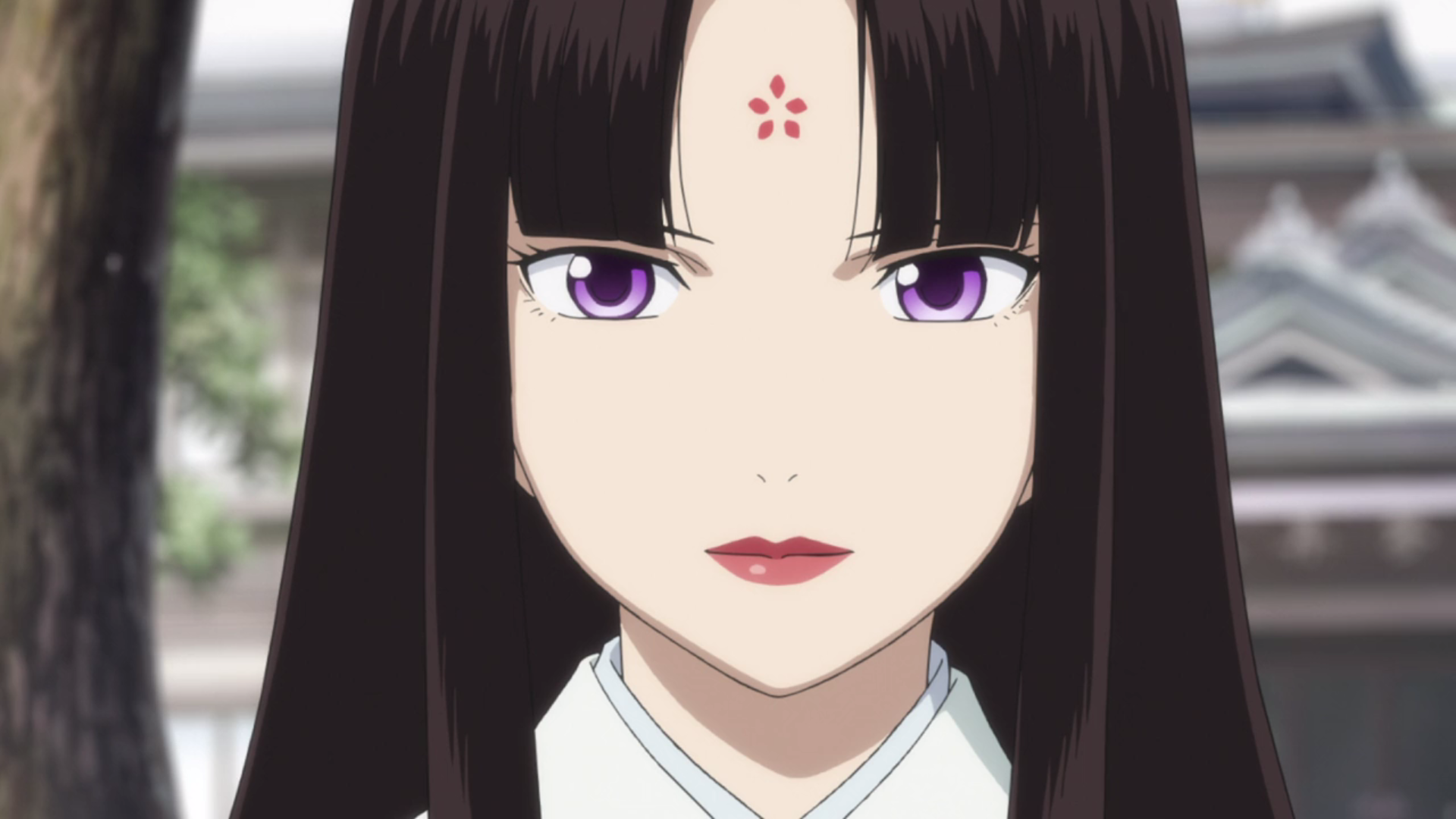
Tenjin’s presence throughout Noragami intrigues viewers into wanting to know more about him. The show doesn’t reveal his entire history as a human transformed into a god and this may compel viewers to do their own research. The show also shows that Shintoism still has a place in everyday life, even for young people. Many may think that different cultural practices are losing their significance due to technology and globalization. However, Tenjin’s portrayal in the anime counters that by bringing Shintoism into a popular light for a younger generation.
Divine Luck & Prosperity
Noragami’s feature of gods goes beyond just Tenjin. Bishamonten, or Bishamon, is another god that is heavily featured throughout both Noragami and Noragami Aragato. Bishamon is one of the Seven Lucky Gods, and the other six are seen throughout Noragami Aragato.

Bishamon herself is typically portrayed as a man in mythology, and her origins are sometimes attributed more to Buddhism’s influence on Japan. She is the god of happiness, the patron of warriors, and the protector of the righteous (( Mark Cartwright, “Seven Lucky Gods,” Ancient History Encyclopedia, June 24, 2013. )) . While the series does explicitly state this, it also exemplifies her position and power through her vast number of shinki, her use of a variety of weapons when fighting, and her clothing for official duties, which is often a military uniform.
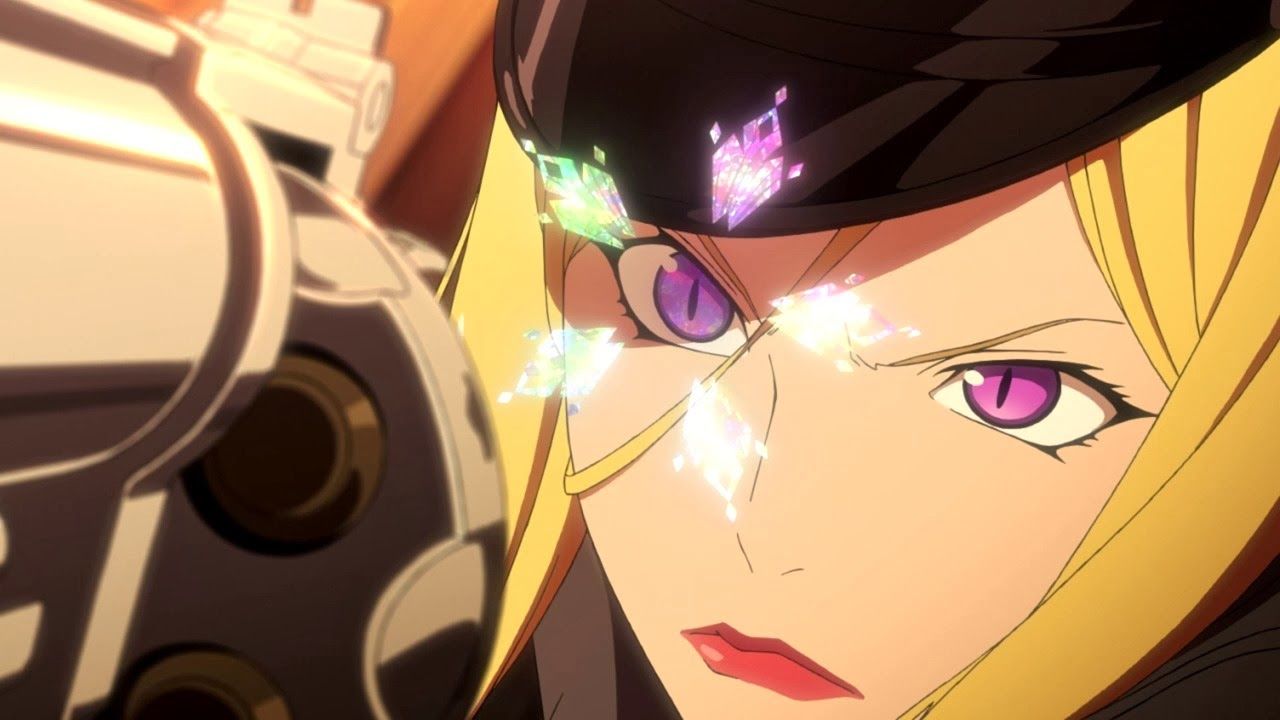
Bishamon changed the series for the needs of the show, but in doing so, adopted her mythology for a modern audience. The weapons she uses may seem old fashioned and magical, but her advisor Kazuma manifests them as the equivalence to a high-tech intelligence device. Her main outfit throughout the show is also more modern and her military uniform is as well. By changing Bishamon’s appearance to fit in with modern society, the anime shows that Shinto beliefs and ideology can also shift and change as well. The gods are not relics from the past but adapt to changes in the world just as humans do. Bishamon’s changes represent the persistence of historical Japanese beliefs and identity into the modern-day.
Purifying The Self
Besides featuring actual Shinto gods in the anime, Noragami also employs many different Shinto themes. These are more subtle and might take background knowledge for viewers to know and understand their significance. However, the inclusion of these themes works to show that even the foundational principles of Shintoism still have influence and importance in modern society.
One of the more obvious and consistently used Shinto themes throughout the series is impurity and purification. This topic is touched upon in the first season when Yukine begins to obsess over his death and the fact that people cannot see him. He decides to steal and even betrays Hiyori’s trust. His thoughts and actions begin to taint his heart and soul, and because he is Yato’s shinki, it begins to affect Yato as well. In Noragami this form of impurity inflicted upon a god due to the thoughts and actions of one of their shinkis is known as blight.
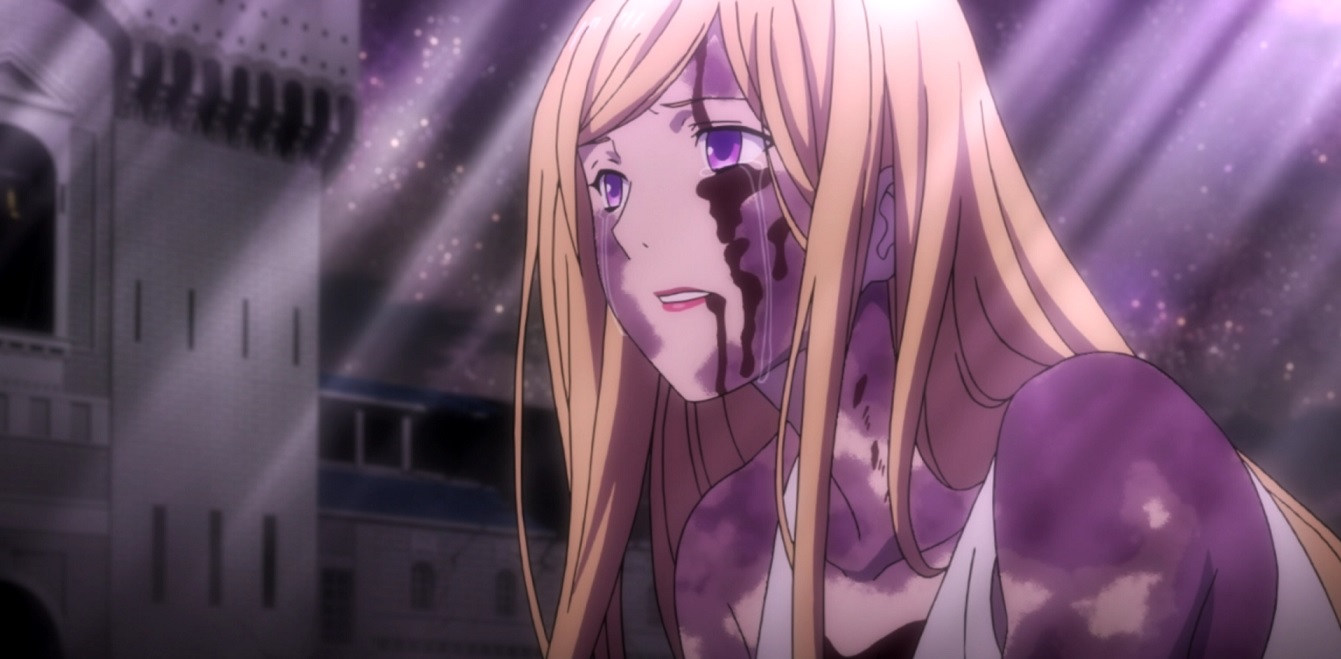
When a victim of blight is affected, they are marked as “impure” by purple marks on their body. Shinki blight their gods when they commit sins or feel emotional turmoil. In Shinto philosophy, to experience the presence of the gods, humans must maintain a pure outward and inward appearance. If humans begin to turn inward and become impure, they must go through steps to purify themselves. In everyday Shinto practice, this is done by washing your hands and mouth when visiting shrines.
In the show, a shinki must undergo an Ablution ritual. When performed, three other shinki chant around the impure one about wiping clean their sins. The blighted shinki must then take control of their own actions and confess to what they have done to harm their god. In Shinto belief, everyone is in charge of their own attitudes and must work to correct and purify them, no matter how difficult or painful (( Boyd, “Shinto Perspectives,” Journal of Religion and Film, 4-5. )) .

Since shinki used to be human, the show portrays what poor decisions and hateful emotions do to human souls. This portrayal is meant to connect Shinto purification beliefs with audience members’ own actions, thoughts, and identities. Noragami is showing that Shintoism doesn’t just exist in the past or in the world of the gods, but its beliefs and practices have an influence on humans in modern-day.
The show artfully explores how Shinto purification ideals might be played out in the world of the gods and explores Japanese cultural identity beliefs in doing so. For a modern audience, this exploration is a compelling way to connect with Shinto practices, something they might not be entirely familiar with.
The spirit of the deceased neglected to devote himself to God and protect the great name bestowed upon them. Wipe away their impurities and establish a bright, straight, and correct soul without malicious intent.
Shinki | Noragami | Bones
Wanting To Be Remembered
The presence of the gods and Shinto ideology in Noragami is a way for a modern audience to relate and connect to Japanese cultural heritage and history. There is a prevalent belief that modernity and globalization homogenize the cultures they influence, erasing cultural practices and identities unique to a place. However, the presence of Shintoism in Noragami works against that. Anime is more popular around the world today than it ever has been, thanks in part to globalization and the sharing of media and culture. As anime is spread around the world, so are the ideas and cultural aspects portrayed within each show.
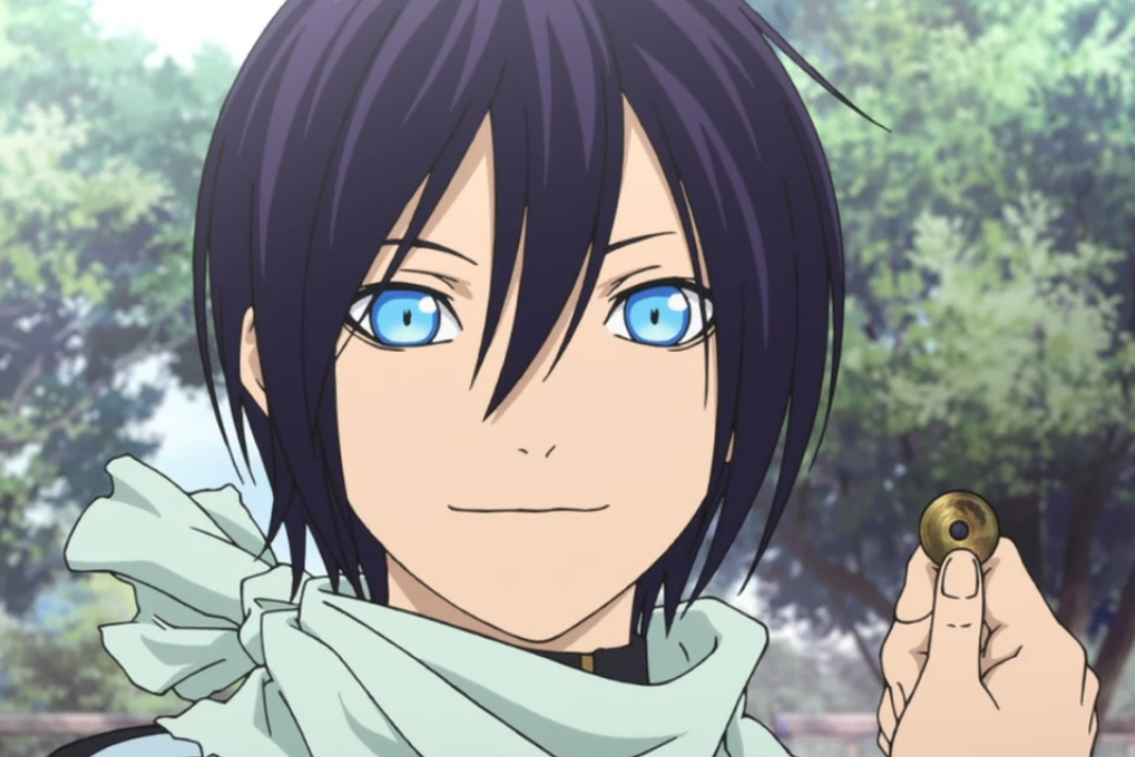
The accurate use of Shinto gods and beliefs makes the plot of Noragami more intricate and realistic, but these ideas are also shared with modern audiences. Similar to Yato throughout the series, no one wants their cultural and religious practices to be forgotten. This show acts as a vessel for a small fraction of ideas to be introduced to others. In Japan, the portrayal of Shinto gods helps reaffirm Shinto beliefs in everyday Japanese life.
Noragami implies that Shintoism, whether in the form of gods or basic ideology, still influences people’s decisions and actions throughout normal, everyday life. For the international audience, the show helps alleviate some of the fear of being lost to the ocean of globalization by bringing Shinto history and beliefs to people in other parts of the world.
